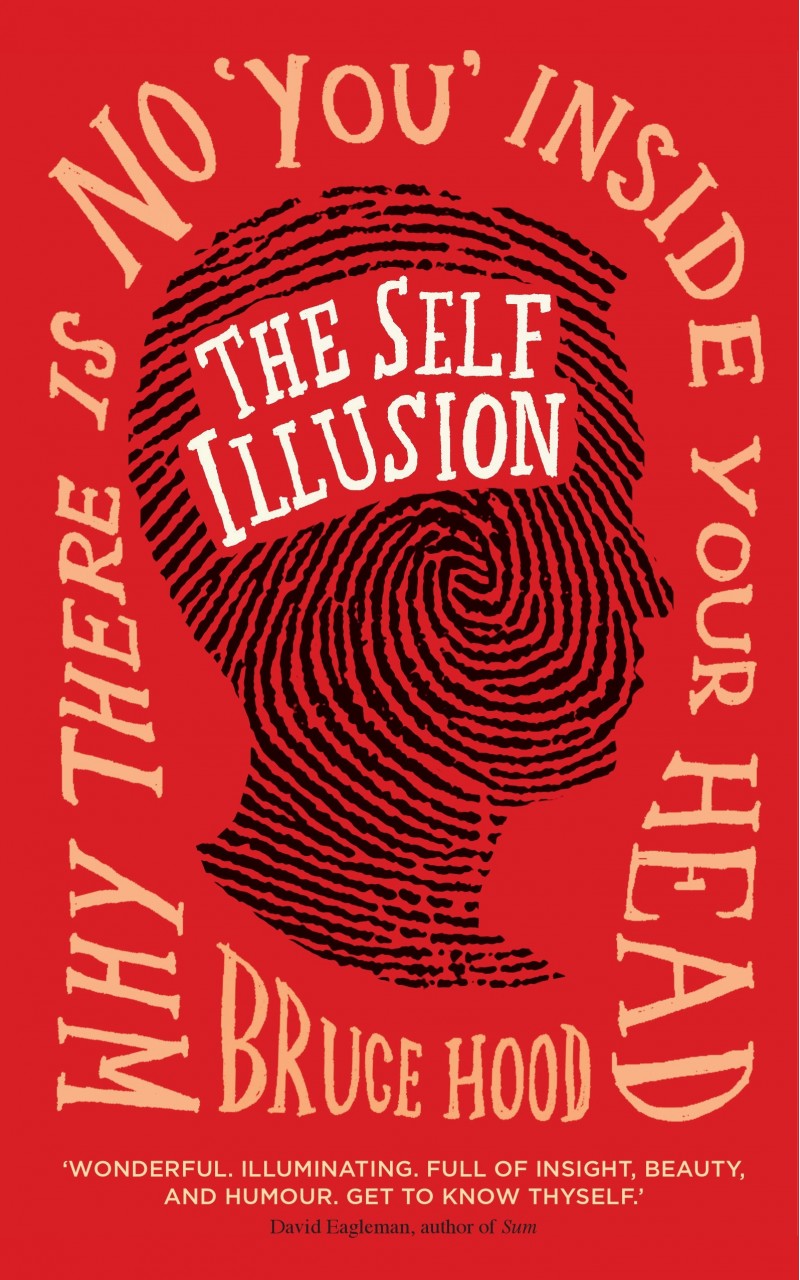Hume was a neuroscientist, or what early aviation has to do with the psychology of identity.
 We’ve already seen that the notions of stable character and fixed personality are a myth.
And yet, our culture is wired for labels and checkboxes, eager to
neatly file people away into categorical cabinets and thrown into furor
over the slightest inkling of multiplicity. Take, for instance, Howard Hughes,
at once a legendary aviator, movie mogul, tycoon, and socialite, and a
reclusive billionaire housebound by his deathly phobia of dirt. He was a
fearless aviation pioneer who set and broke countless records, yet he
remained terrified of dying from germs. Hughes spent his final days
unbathed, dressed in rags, with long sticky hair, curling nails, and the
remnants of five hypodermic needles in his arms. He was worth $2
billion.
We’ve already seen that the notions of stable character and fixed personality are a myth.
And yet, our culture is wired for labels and checkboxes, eager to
neatly file people away into categorical cabinets and thrown into furor
over the slightest inkling of multiplicity. Take, for instance, Howard Hughes,
at once a legendary aviator, movie mogul, tycoon, and socialite, and a
reclusive billionaire housebound by his deathly phobia of dirt. He was a
fearless aviation pioneer who set and broke countless records, yet he
remained terrified of dying from germs. Hughes spent his final days
unbathed, dressed in rags, with long sticky hair, curling nails, and the
remnants of five hypodermic needles in his arms. He was worth $2
billion.It was this biography woven of paradoxes and dimensionality that compelled cognitive neuroscientist Bruce Hood to explore the building blocks of what we experience as the “self” in The Self Illusion: How the Social Brain Creates Identity.
Adding to the ongoing conversation on what consciousness is, how it works, and how it measures up against Truth, Hood writes:
Each morning, we wake up and experience a rich explosion of consciousness — the bright morning sunlight, the smell of roast coffee and, for some of us, the warmth of the person lying next to us in bed. As the slumber recedes into the night, we awake to become who we are. The morning haze of dreams and oblivion disperses and lifts as recognition and recall bubble up the content of our memories into our consciousness. For the briefest of moments we are not sure who we are and then suddenly ‘I,’ the one that is awake, awakens. We gather our thoughts so that the ‘I’ who is conscious becomes the ‘me’ — the person with a past. The memories of the previous day return. The plans for the immediate future reformulate. The realization that we have things to get on with remind us that it is a workday. We become a person whom we recognize.Hood goes on to trace how the self emerges in childhood and examines why this notion of the illusory self is among the hardest concepts to accept, contrasting the “ego theory” of the self, which holds that we are essential entities inside bodies, with Hume’s “bundle theory,” which constructs the self not as a single unified entity but as a bundle of sensations, perceptions, and thoughts lumped together. Neuroscience, Hood argues, only supports the latter. The Self Illusion tells the story of how that bundle forms and why it sticks together, revealing the brain’s own storytelling as the centripetal force of the self.
The call of nature tells us it is time to visit the bathroom and en route we glance at the mirror. We take a moment to reflect. We look a little older, but we are still the same person who has looked in that same mirror every day since we moved in. We see our self in that mirror. This is who we are.
The daily experience of the self is so familiar, and yet the brain science shows that this sense of the self is an illusion. Psychologist Susan Blackmore makes the point that the word ‘illusion’ does not mean that it does not exist — rather, an illusion is not what it seems. We all certainly experience some form of self, but what we experience is a powerful depiction generated by our brains for our own benefit.

No hay comentarios.:
Publicar un comentario